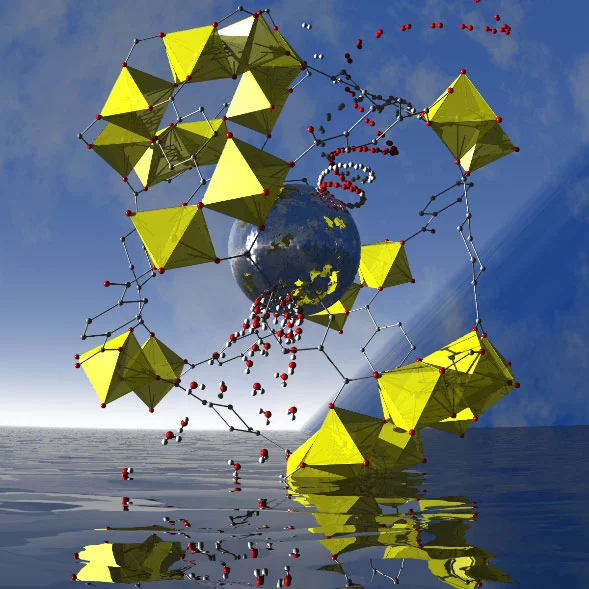Growing experimental and computational evidence suggests that metal organic frameworks (MOFs) can make a meaningful contribution to catalytically promoted water splitting. They offer an impressive physical, spatial, chemical and electronic mutability with which to support and sustain water splitting half reactions. Their classical features – thermal stability, large surface area, high porosity and modularity – define them as versatile solid supports. Building on a vast library of existing frameworks, post-synthetic modification techniques allow further tailoring of intrinsic MOF properties and functionality. Compelling parallels are now being drawn between semiconductors and a select group of MOFs that are capable of sustaining a photo-generated charge separated state and using the resultant charge carriers to perform chemical transformations. In our perspective we describe a selection of contemporary electrocatalytic, chemically promoted, and photo-catalytic investigations that apply MOFs to water oxidation and reduction half reactions. We highlight successful strategies employed by the scientific community for engineering of catalytic sites, managing redox half-reactions, introducing light sensitisation and band gap tuning – all within the confines of a framework. Major challenges toward practical application certainly remain, but the adaptive nature of MOFs stands to make a poignant contribution to the discourse on photo-catalysed water splitting.
Original Publication
Metal organic frameworks for photo-catalytic water splittingK. Meyer, M. Ranocchiari, J.A. van Bokhoven
Energy & Environmental Science, May (2015)
DOI: 10.1039/C5EE00161G


